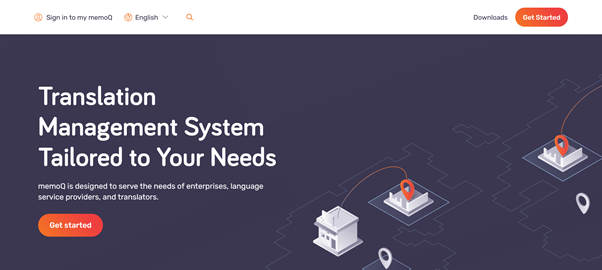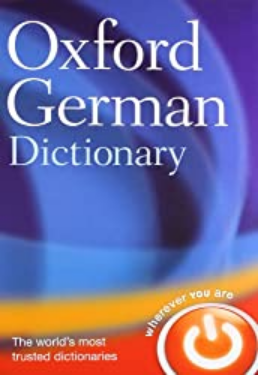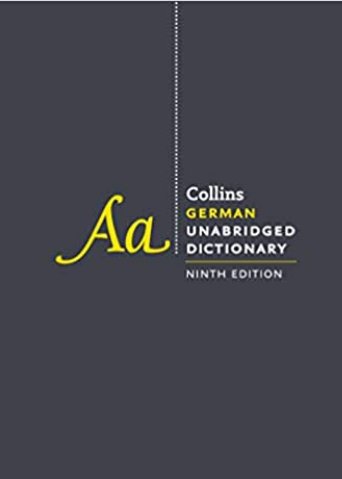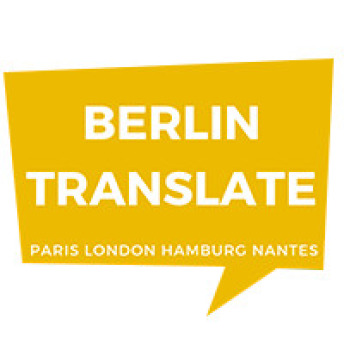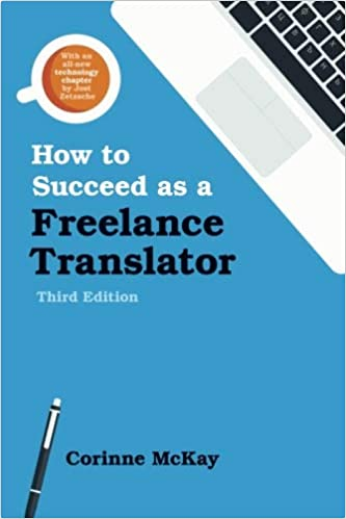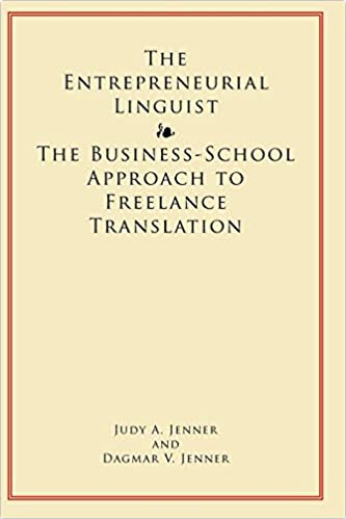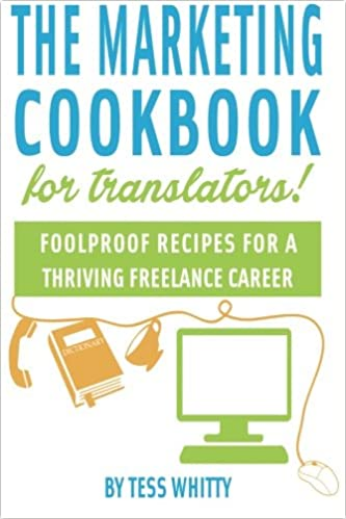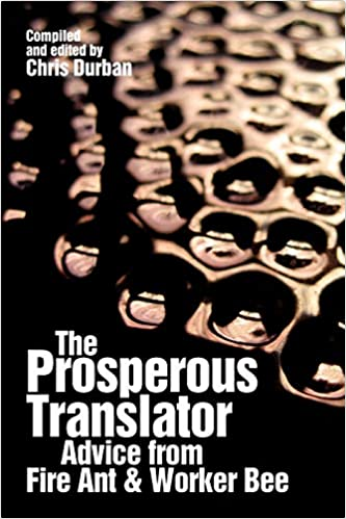- Home
- Translation Software
- CAT Tools
Computer Aided Translation Tools
CAT tools - how they work and how they improve your German translation
This article looks at how computer aided translation tools - CAT tools - and translation memories work. It follows our introduction to translation software and comparison of popular computer assisted translation software.

Computer aided translation tools are commonly known as CAT tools.
Although there are many different brands available, they are all based on the same building blocks and share many features - which this article explores:
- Translation memories (TM)
- Glossaries
- Aligner functions
- Quality assurance tools
- Machine translation engines
Translation memories (TM)
Computer aided translation tools are clever things but are only really become
useful once they have a well-stocked translation memory, or TM, to draw on.
A translation memory is a database of bilingual translation segments
which a translator builds up with every translation they complete using their
CAT tool.
If you're starting from scratch with a new CAT tool, your TM will
gradually grow as you add source texts and translate them in the CAT tool.
Translators often import existing TMs provided by clients to ensure
their translations draw on the same terminology used by other translators on
past translations for that client.
You can also create TMs by aligning parallel texts in your source and target languages, and then importing them into your CAT tool.
Once you've built up a solid archive of past translations, you will
begin to enjoy significant time savings when your CAT tool can start to
automatically retrieve related segments from past German-English matches.
The CAT tool works by importing the file you wish to translate, either in Word format, or as a PPT etc., and then creating a .txlf file.
A .txlf file divides the source text into segments, usually a sentence in length. The file is presented to the translator in the form of a table, with the source segments entered on the left (or above) and empty target segments for the translator to fill on the right (or below).
 Wordfast Pro 5 with a newly opened and untranslated .txlf file, and preview of source text on the right.
Wordfast Pro 5 with a newly opened and untranslated .txlf file, and preview of source text on the right.The translator works through the translation segment by segment, saving
each one and continuing to the next. The CAT tool helps by suggesting segment translations
based on past translations in its TM, and to a degree of fuzziness specified by
the translator, e.g., 65%. The CAT tool also highlights source terms which are have been entered into the glossary.
 Wordfast Pro 5: The preview of the source text has been closed, and the German text has been translated.
Wordfast Pro 5: The preview of the source text has been closed, and the German text has been translated.Obviously, the software is only as good as the translations it uses as
reference texts, and the regularity with which it is updated.
I’ve received several TM files which include a variety of translations for a set term, i.e. the consistency which is so loudly touted is flagrantly ignored/not achieved.
Glossaries
In addition to expanding your TM every time you add a newly translated file, CAT tools also support glossary building for each project/client/subject area. As you translate, you mark a specific term in the source text and its translated equivalents, and then click to add to your glossary.
Glossaries are a parallel set of terminology sources that your CAT tool
can call up to suggest translations for specific terms.
Each time that term subsequently appears, the CAT tool will highlight it
in the source text, colour-coded either as a perfect match (green) or a similar
match (orange) - e.g., in the plural, not singular form - and automatically
enter it into the segment you are translating.
You can also click on a single word or word combination in a source
segment and instruct the CAT tool to search the entire TM database for previous
instances of the term.
Again, you can import glossaries supplied by clients into your CAT tool.
Aligner functions
If you are translating for a new client but no TM is available, the fastest way of creating your own TM is to take German source and English target texts from past translations and to align them. This means matching the texts, segment for segment, to create a .tmx file.
I use the free Wordfast Anywhere autoaligner tool for this:
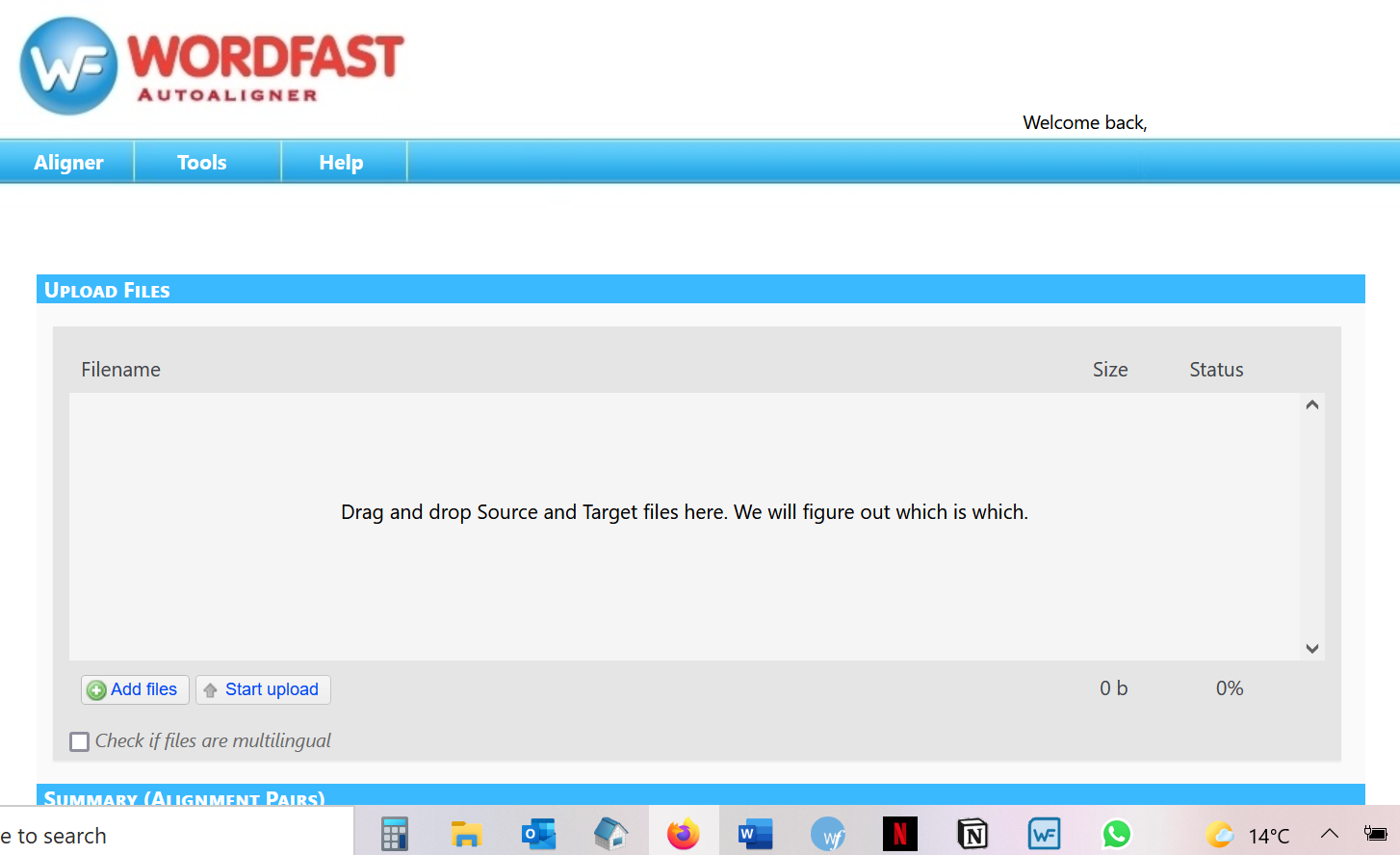 Wordfast Anywhere Autoaligner: just upload the parallel German and English texts you wish to align.
Wordfast Anywhere Autoaligner: just upload the parallel German and English texts you wish to align..tmx is the universal format for exchanging translation memory files between computer aided translation tools, so when you’ve invested in one, you will have no problems “communicating” and transfering translations and TMs with others.
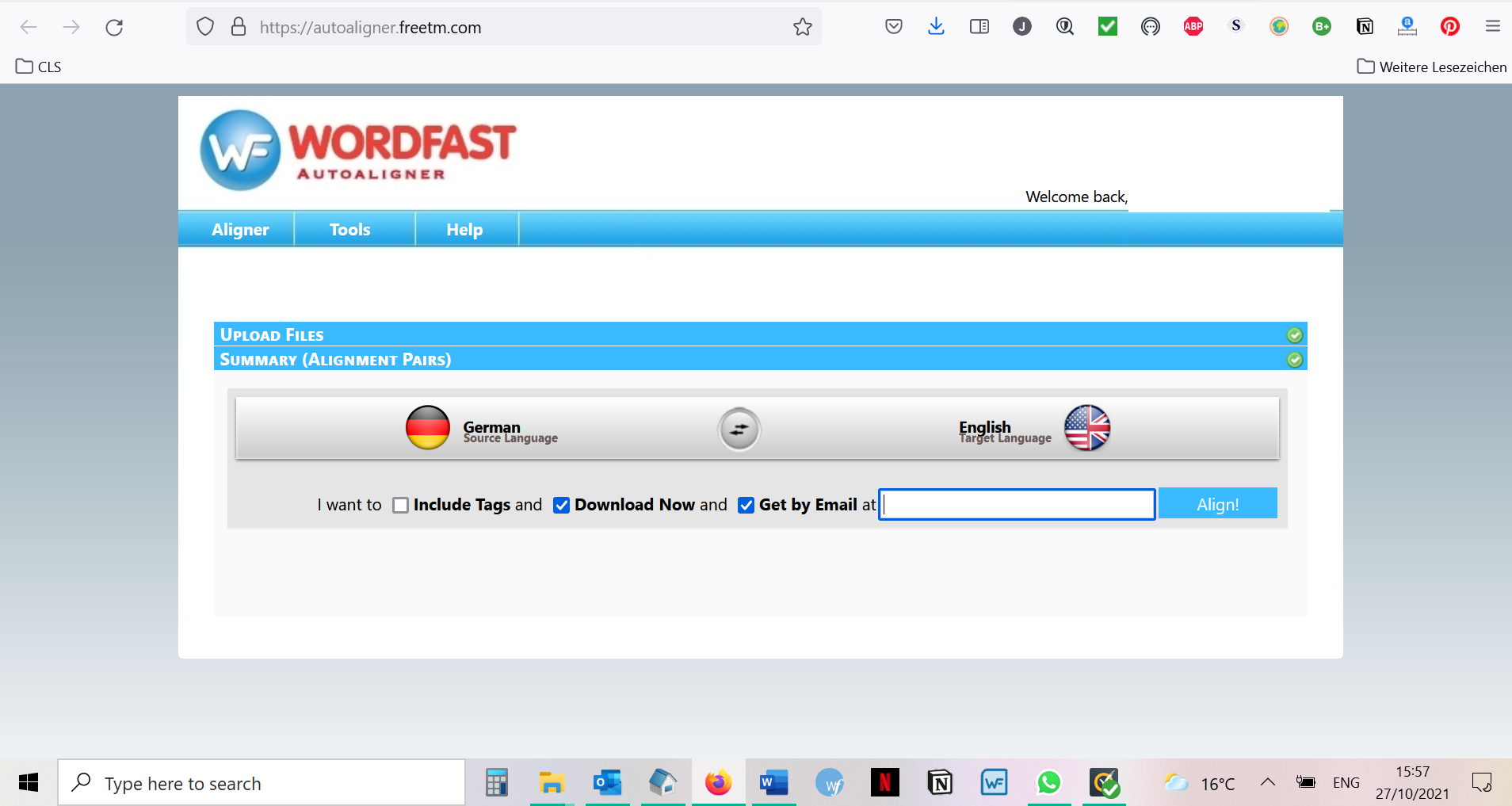 Wordfast Anywhere Autoaligner: once the texts have been uploaded, the system checks the pairing and then sends you the resulting .tmx file.
Wordfast Anywhere Autoaligner: once the texts have been uploaded, the system checks the pairing and then sends you the resulting .tmx file.Quality assurance tools
Apart from hopefully making the process of translation faster, the primary benefit of using a computer aided translation tool is to ensure consistency within the text and with past translations, to and catch mistakes so you can correct them before sending the translation off to your client.
In Wordfast, this function is called Transcheck, and it analyses terminology errors, empty target segments, whitespace errors, repeated words, correct placement of tags, spelling and capitalisation.
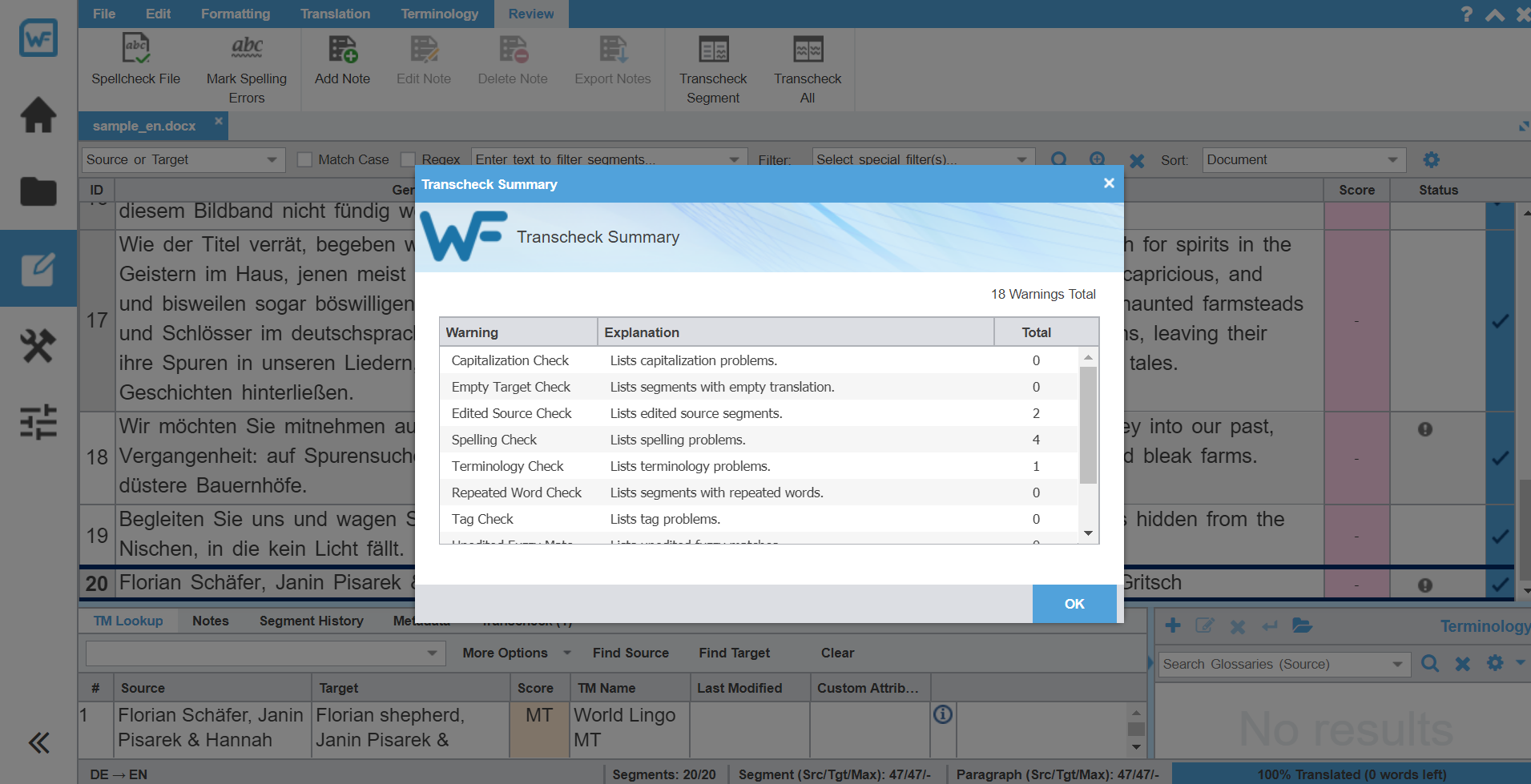 Wordfast Pro 5: Transcheck function, highlighting possible errors in your translation.
Wordfast Pro 5: Transcheck function, highlighting possible errors in your translation.Machine translation engines
Many computer aided translation tools also integrate with machine translation engines such as DeepL, Google Translator, and Microsoft Translator.
Access to these engines is subscription-based, with the only free option being World Lingo. CAT tools are usually set only to present a machine translated option for your segment if there is nothing pretranslated in your TM.
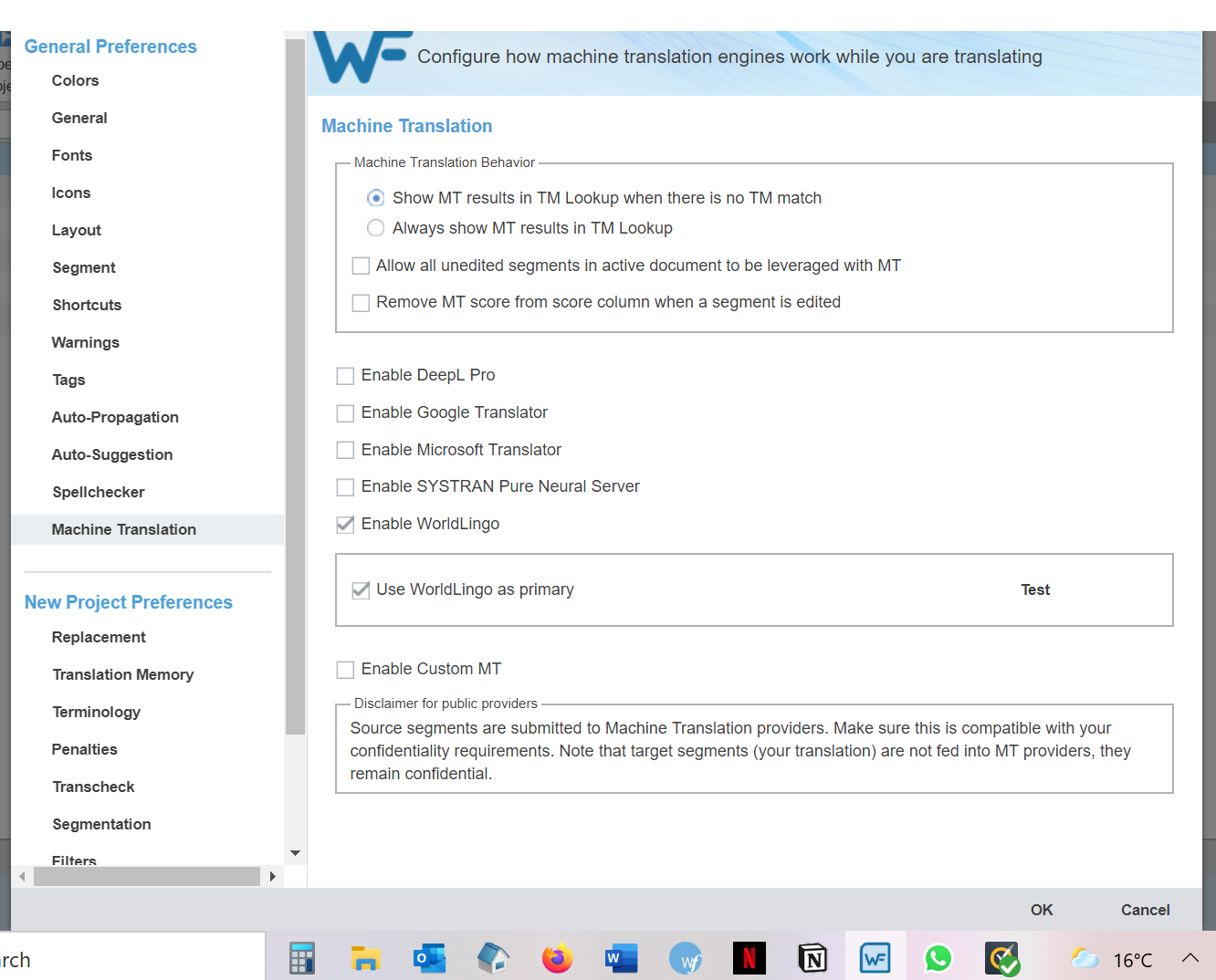 Wordfast Pro 5 settings option for selecting machine translation engines to assist your translation.
Wordfast Pro 5 settings option for selecting machine translation engines to assist your translation.When should I use computer aided translation tools?
CAT tools are a boon for translators, especially those who work regularly for a particular client or in one subject area, and/or on long and repetitive translations.
They also become more helpful the longer you work in translation - the likelihood of terms you have translated in the past cropping up in new translation grows with every fresh translation you tackle.
If you keep all your translations in your own master TM, you have effectively created a library of all your past work. As you progress, so your TM becomes an increasingly valuable resource.
I can't imagine not using one nowadays.
Translation agencies use CAT tools to ensure consistency, which is essential where more than one translator works on texts for a client, and where the agency manages regular translations of similar texts (e.g., a large corporation’s annual financial statements).
Any drawbacks to computer aided translation tools?
The answer used to be – cost.
Although CAT tools are now a standard part of every German translator's toolkit, even today, leading brands of translation program can be relatively expensive (500 to 1,000 euros).
Once you have one, some agencies that demand their freelance translators use a translation memory may even expect to pay less for a translation – after all, they calculate that you won’t need to freshly translate every word or sentence!
As the translator has to buy the CAT tool, and even pay to attend seminars on how to use it/gain certification, and still manage the translation, the question of whether you really come out on top when using a more expensive TM can be a bit iffy unless your volumes of translation warrant it.
The good news?
Plenty more CAT tools have been launched on the market in recent years, and many of them are even free. I've listed the most popular ones here.
But even if you haven’t got a CAT tool, it doesn’t mean you can’t use a TM provided by a client or agency: TM files themselves function as glossaries – just use the Search tool.
The best CAT tool for me?
We are beginning to see the advent of free, browser based, CAT tools (e.g., Wordfast Anywhere) and the popularity of open source translation software (e.g., OmegaT) is growing.
The sheer number of different CAT tools available makes compatibility more important – and this should, in turn, reduce the hold that any one brand may have over the market.
I've listed some of the most popular CAT tools on the market here, with some background information and a few tips one who they might suit.
Some are free, and if you're new to CAT tools, I'd recommend that you get familiar with a free version before deciding which tool to invest in. I hope you'll find them useful.
Happy translating!
Joanna
German Translation Tips & Resources
- Home
- Translation Software
- CAT Tools

Joanna Scudamore-Trezek
I'm a German to English translator living and working in Vienna, Austria. I turn German texts into clear and accessible English, allowing clients to present their stories, ideas and information to a completely new audience. My business and marketing clients rely on me to get their message across clearly and effectively. How can I help you today?






